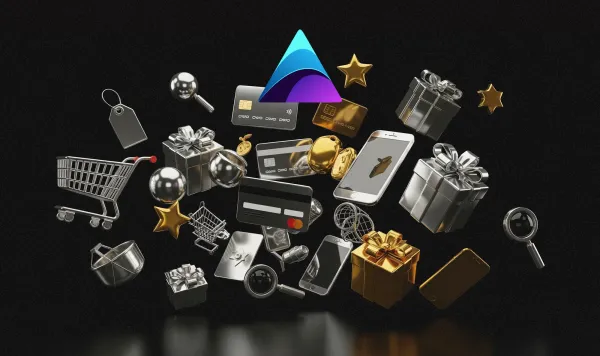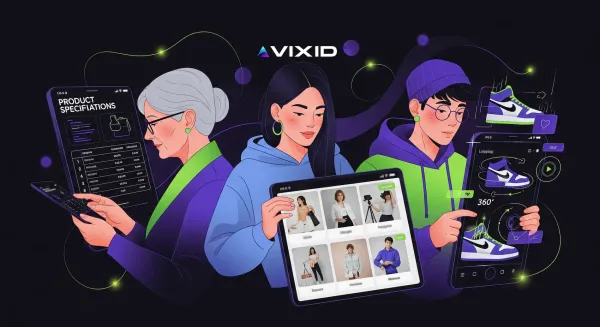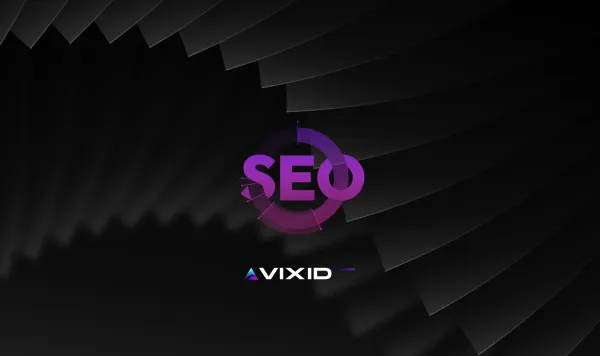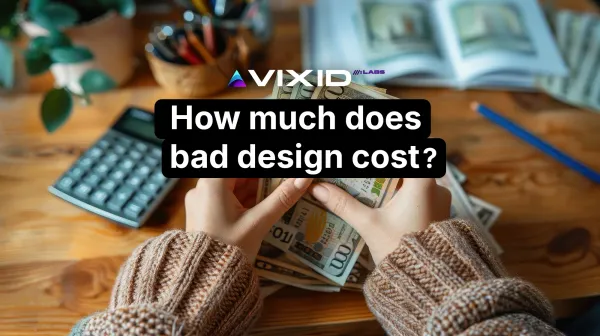Social Media vs Website: What’s Better for Your Business?

One of the most common questions we hear from business owners starting their digital journey is: Do I really need a website… or can I just grow on social media?
It’s a fair question. With billions of people scrolling through social platforms every day, creating a profile feels like the obvious first step. You can connect with your audience instantly, share updates, and start building visibility without spending a cent.
On the other hand, a website gives you something no platform can — full control. It’s your digital home. You set the tone, the structure, the experience. You can sell, tell your story, build trust, and show up in Google — on your own terms. So… where do you start?
In this guide, I’ll walk you through the key differences between social media and a website — not in abstract marketing theory, but in real, practical terms. Think of it as a compass to help you build a presence that actually supports your goals.
Different Tools, Different Purposes
Here’s the simplest way to look at it:
A website is like your physical store. A social media profile is like joining a market in the town square.
One is yours to shape. The other is a shared space — dynamic, noisy, full of opportunities, but also full of rules you don’t control.
Your website exists to inform, convert, and serve. Your social channels exist to connect, engage, and be seen. Both have value. But they play very different roles in your strategy.
Autonomy and Control: What You Own vs What You Rent
Let’s be real — social media platforms are powerful. They give you direct access to huge audiences, let you speak their language, follow trends, and build momentum fast. But there’s a catch: you’re building on rented land.
Algorithms change. Reach drops. Features come and go. And when they do, there’s not much you can do about it — because it’s not your platform. You’re just a guest, and the rules aren’t up to you.
Your website, on the other hand, is yours. Once you have your domain and hosting, you own the space. You choose what to say, how to say it, and what experience your visitors will have. You can build landing pages, set up a blog, sell products, tell your story — without asking permission or worrying about shadowbans.
Now here’s the important part: you don’t have to choose between the two. In fact, the smartest strategy is to combine them.
Use social media to ride the wave — catch attention, spark conversations, follow where your audience already spends time. Then guide that attention toward your website, where you can go deeper. A good site lets you take visitors by the hand and walk them through your values, answer their doubts, and lead them gently to the point of purchase — not with pressure jsut acting naturally.
Visibility and Reach: How People Find You
Both your website and your social channels help people discover your business — but they do it in very different ways.
A website works through search. People go to Google with a specific need or question, and if your content matches it well, you can show up right when they’re looking for what you offer. This kind of visibility is steady, and long-lasting. A blog post written today can still bring you traffic next year — even while you sleep.
Social media, in contrast, is about momentum. Posts live fast and die young. You might get a spike in views, likes, even sales — but once the algorithm moves on, your content fades into the feed. And unless you keep publishing consistently, that visibility drops quickly.
That’s not a flaw — it’s just how the system works. Which is why long-term growth usually needs both sides of the equation.
Let your content travel on social media. Let your website turn that interest into something solid — a subscriber, a sale, a lead, a real relationship.
Perception and Trust: How People Feel About Your Brand
First impressions matter. And in the digital world, design and structure speak just as loudly as words. Your website and your social media shape how people feel about your brand — but in different ways.
A well-designed website sends a strong signal: this is a real business. It’s established, professional, and knows what it’s doing. Clean layout, fast loading, thoughtful copy — all of it builds trust before you say a word.
Social media, on the other hand, brings your brand closer. It makes you human. It’s where you show your voice, your behind-the-scenes, your customer stories and day-to-day updates. It’s a space for dialogue, not just display.
One of our past projects was a small wellness brand with a gorgeous Instagram feed — consistent colors, active stories, loyal followers. But conversions were low, and people kept asking the same basic questions in DMs: Where do I buy? What’s the price? What exactly do you offer? They had no website.
We helped them launch a simple but elegant webshop that reflected their visual identity and brand values. Suddenly, everything clicked — literally. Visitors could explore the full product range, see clear pricing, discover detailed care programs, read real customer testimonials, and get answers to common questions — all in one seamless flow. What once required multiple DMs and explanations now happened naturally, 24/7. Engagement on Instagram stayed strong, but now every post had a destination — and that destination could convert.
Effort and Costs: What’s Really Free, and What’s Worth Investing In
At first glance, social media seems like the cheaper option. You can create a profile for free, start posting today, and potentially reach thousands of people without spending a cent. And that’s true — but only on the surface.
To keep visibility high, you’ll need to post consistently, follow trends, reply to comments, test formats, run ads… It’s a job. And it rarely stays free for long. Organic reach is shrinking, especially for business accounts, which means at some point, you’ll need to boost content or launch campaigns just to stay visible.
A website, meanwhile, has upfront costs: domain, hosting, design, development, and occasional maintenance. But once it’s up and running, it becomes a stable, scalable asset. You don’t have to fight for attention every day. You’re building something that lasts — something people can find, trust, and use anytime they need you.
It’s not about spending more or less. It’s about investing wisely. Some of the most effective brands we’ve seen didn’t start big — they just made each step count. First, a simple site. Then, a few key landing pages. Then, content that brings value long-term.
The question isn’t: “What’s cheaper?” It’s: “What brings me closer to my goals without burning out?”
Blog vs Social Media
When thinking about your online presence, it’s also worth understanding the difference between a blog and your social channels — because they serve completely different purposes.
A blog lives on your website. It’s your space to go deep: explain, compare, teach, reflect. Whether it’s a long-form guide, a product comparison, or a personal story, blog content builds authority over time. And unlike a post on Instagram or LinkedIn, a good article can keep working for you years after it's published.
Social media, in contrast, thrives on speed and reaction. It rewards short, snappy, highly visual content. You publish to be seen today — maybe tomorrow — but rarely next month. That’s not a bad thing. It just means you’re working in a fast lane, where attention is limited and timing is everything.
There’s another difference worth mentioning: blogs age well, design doesn't always. A blog post can stay relevant, but if your website looks outdated or hard to use, people won’t stick around — no matter how good your content is. In fact, bad design can cost you more than you think. We wrote about this in more detail in this article
So… Which One Should You Choose?
It depends on your goals, your audience, and where your business is right now.
If you need quick visibility, want to test the waters, or are just starting to connect with your market — social media can be a powerful launchpad. It helps you show personality, gather feedback, and build presence without technical hurdles.
If you’re aiming to build long-term trust, appear in search results, sell products or services, and take control of your brand’s digital experience — a website is non-negotiable. It's where your message becomes structured, your offers become clear, and your traffic becomes measurable.
But honestly? The best results come when both channels work together.
Use social media to start the conversation —
Use your website to deepen it, guide it, and turn it into action.
Because at the end of the day, strategy beats spontaneity. And using the best of both worlds means you're not just showing up where people are — you're building something they’ll want to return to.





